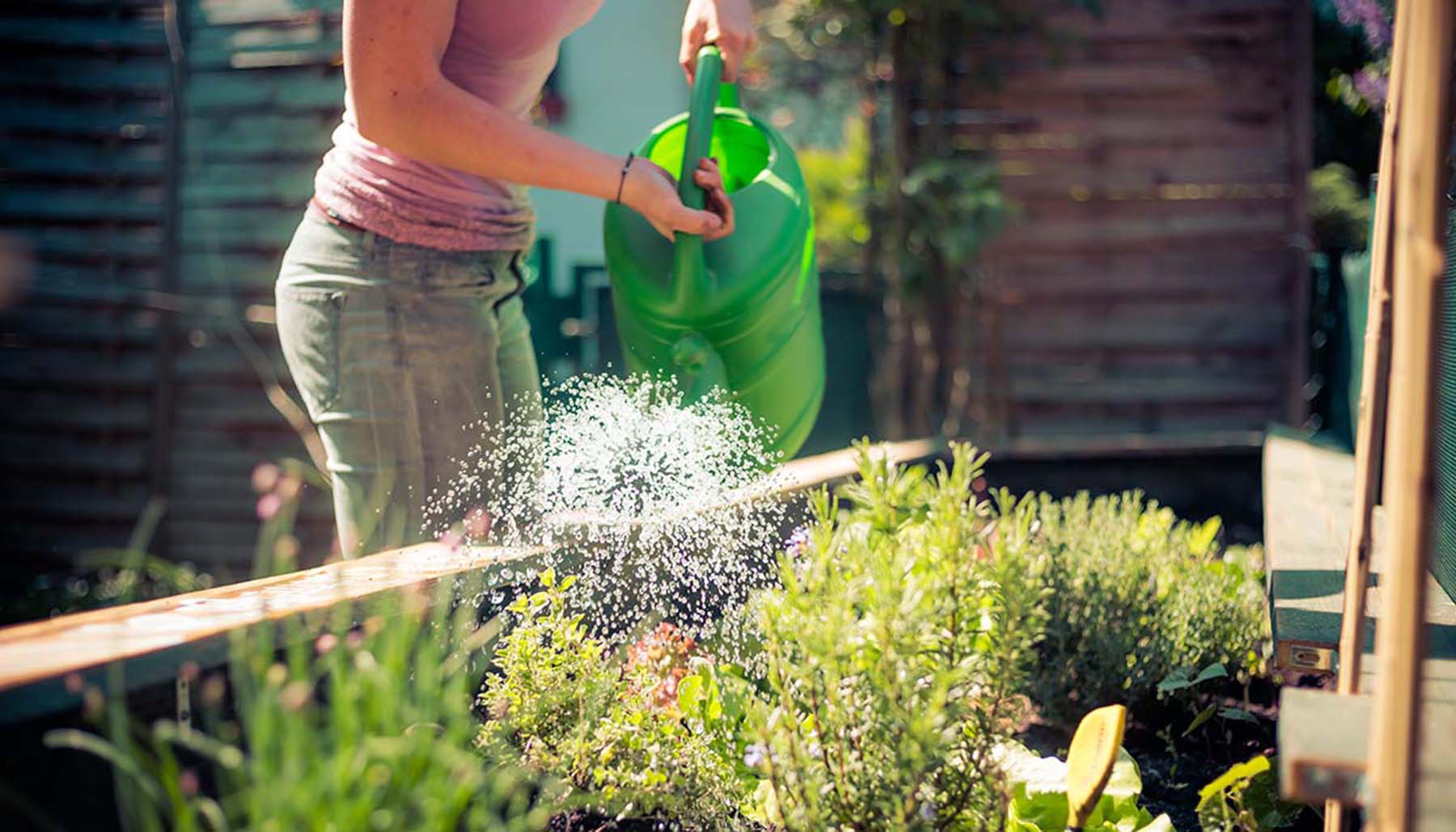Planning for the perfect raised garden? There’s more to consider than meets the eye. You may already have a raised bed that’s not shaping up quite as you’d hoped. And gardening horror of horrors, you can’t put your green thumb on the culprit. But don’t sweat it.
Whether you’re just getting started or in need of a few fixes, we’ve got you covered. When it comes to successful plotting and planting, here are the most common raised garden mistakes you’ll want to avoid.
Poor Placement
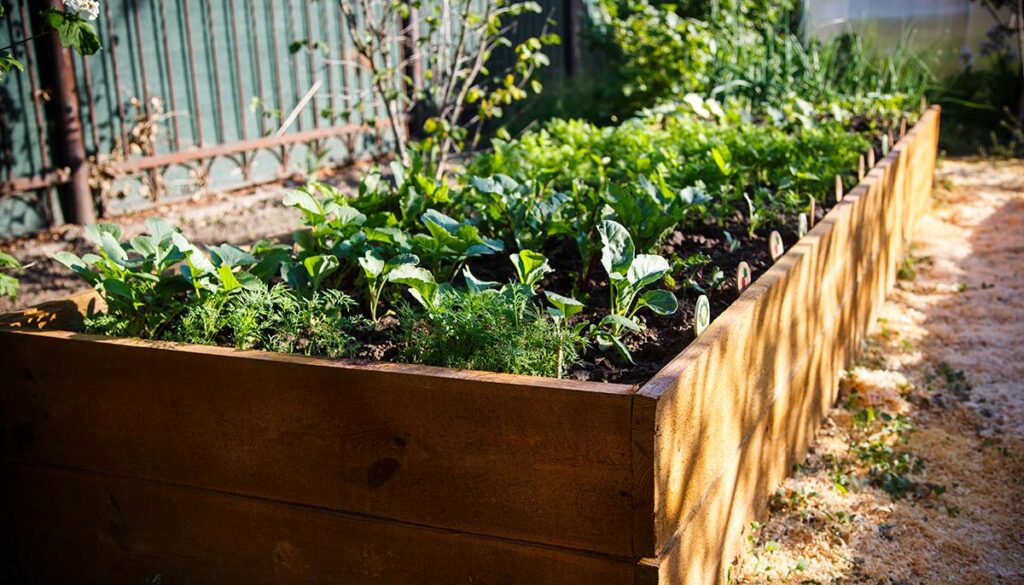
Placing a raised bed in the wrong spot is one of the biggest (and most common) mistakes out there. Most plants need about six hours of direct sunlight daily to thrive. And in many cases, to survive.
As the seasons change, so will your surroundings. In early spring, note the trees around you. What will they look like by summer? Where will shade ultimately fall? You should also aim for a mostly flat spot. However, avoid sloping or low spots where rain will collect.
Also, keep in mind that you’ll need to be able to reach all four sides.
Having A Hard to Reach Watering Source
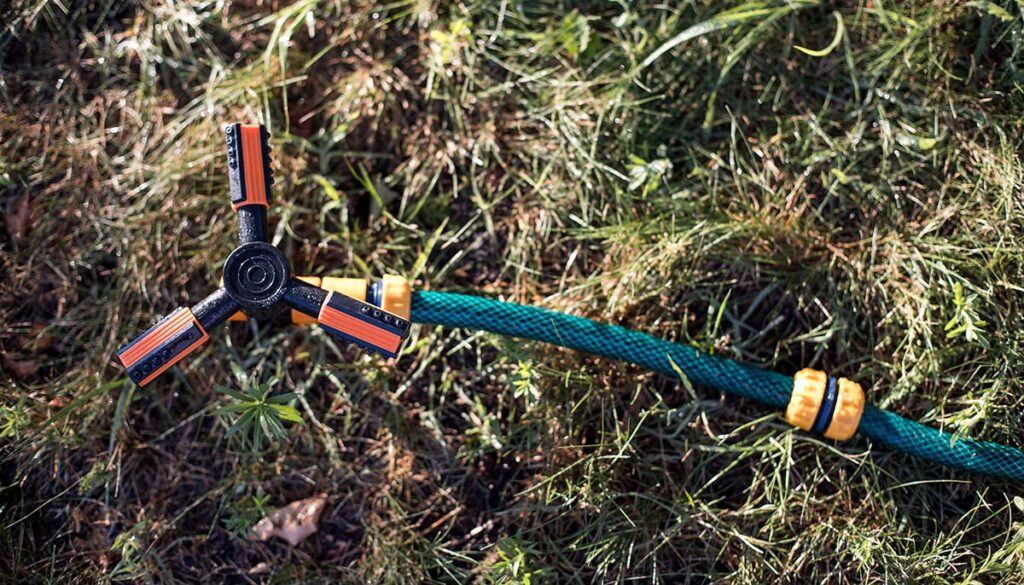
Having a raised bed in your backyard might make the most sense, but it really comes down to where the hose is located. Nobody wants to carry buckets and buckets of water to their garden multiple times a day. Am I right?
Try to place the bed as close as possible to an outdoor faucet with a garden hose. Alternately, you might want to install a drip irrigation system. An irrigation system will keep your bed routinely watered with very little waste. Or work, for that matter.
Picking the Wrong Building Materials
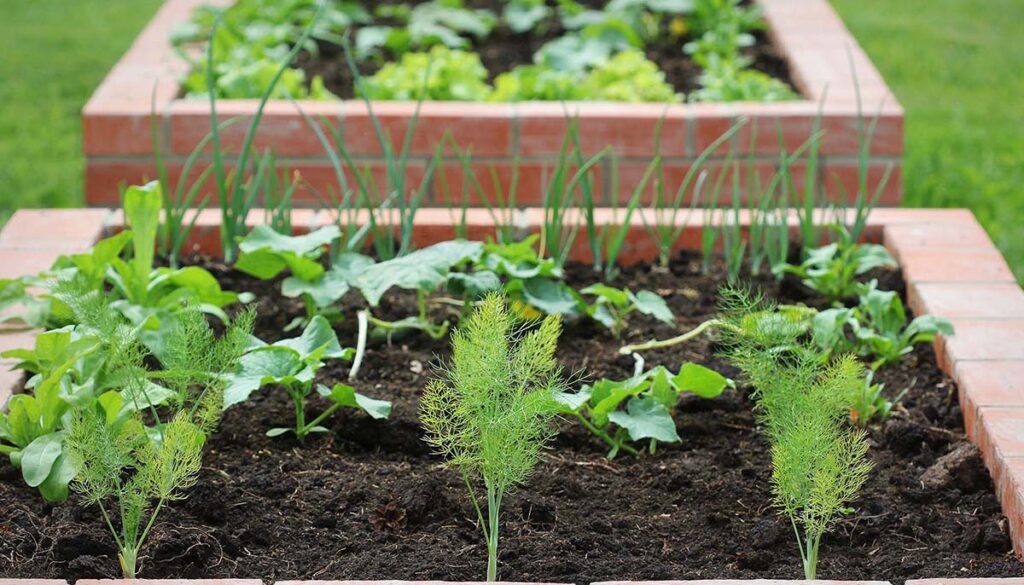
When creating a DIY bed, it might seem tempting to use pressure-treated lumber. Word to the wise, avoid this temptation. While it might seem durable, most gardeners avoid using materials like this because the risk often outweighs the reward. Most pressure-treated lumber contains harmful chemicals that find their way into your soil.
Be sure to avoid worn wood or wood that may be prone to decay as well. Otherwise, you could wind up with your work cut out for you when you have to rebuild in a year, or even sooner. Set your sights on woods like cedar, oak, and redwood, or use stones or bricks.
Not Using Ideal Soil
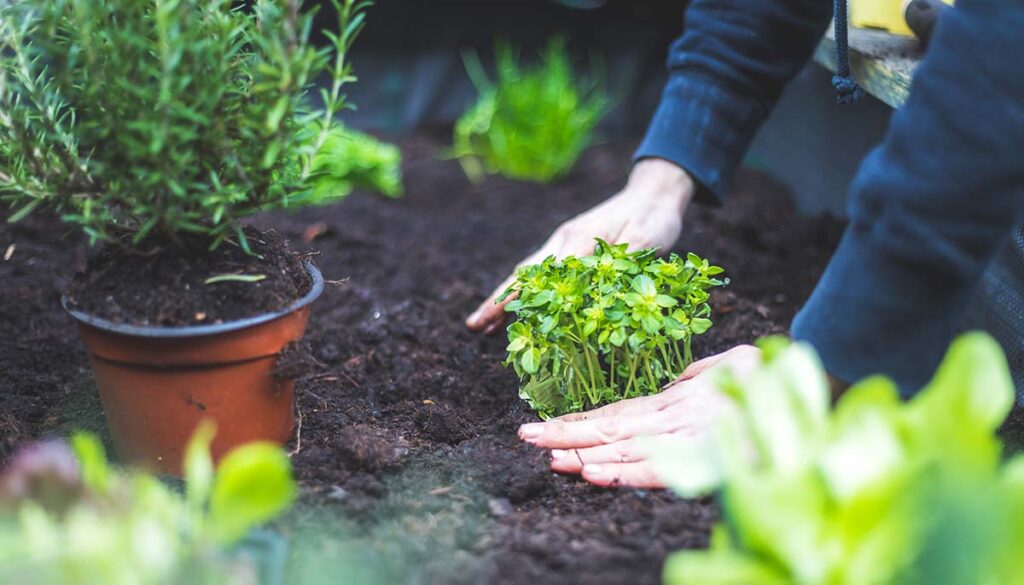
It might sound strange, but picking good garden soil is not good enough. For several reasons, garden soil should be mixed with existing in-ground topsoil to get things really going. For starters, it will help improve the texture. And it’s necessary for nutrient composition.
In raised beds, proper drainage can be difficult to master. That’s why it’s also key to pick a bagged soil specifically designed for raised beds. The right soil will also guarantee that weeds, insects, and other unwanted extras won’t make a home in your garden.
Making Beds Too Big or Too Long
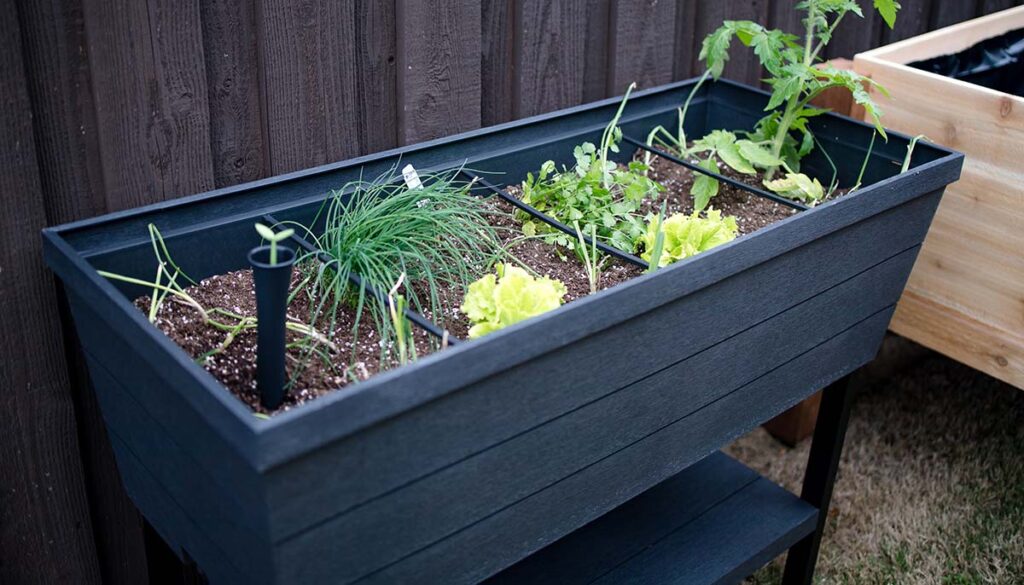
Unless you’re planning on climbing into your raised bed (which isn’t recommended), you will want to reach all areas easily. And so, size matters. The plot needs to be narrow enough that you can reach about halfway across when it’s time to plant, weed, water, and harvest down the center. Most pre-made kits are three to five feet wide.
Length is another important factor. If the plot is too long, you’ll be making lengthy laps around your raised bed every time you tend to it. If you have enough space, opt for creating multiple small beds rather than one big one.
Filling Your Plot With Oversized Plants
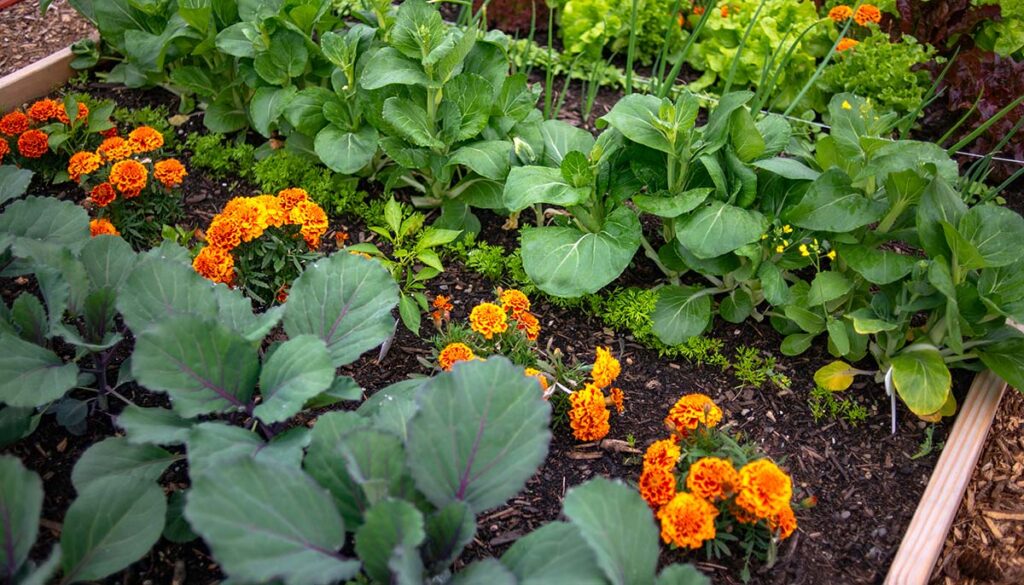
It goes without saying, a raised garden only has so much room to grow. When planting in a confined space, you should consider the scale and mature size of what you’ll be planting first. With adequate space, you’ll have enough room for plant varieties. If you find yourself low on space, opt for smaller plants and vegetables. Consider dwarf varieties and succession planting. You’ll thank me later.
Not Using Mulch

Being “in the weeds” is rarely a good thing. While your garden might be off the ground, without mulch, weeds will find a way into it. Be sure to add at least one layer of mulch to combat this common, but easily fixable, issue. Not to mention, mulch helps retain much-needed moisture around plants’ roots. So no matter where your watering source might be, you won’t have to water your garden as often.
Skipping Plant Protection

Depending on where you live, you may not find yourself too worried about an animal finding its way to your raised bed. But if you build it, critters will come. To many creatures, especially deer, it will seem like a perfectly placed snack.
To avoid unwanted dinner guests in your garden, consider fencing that still allows easy access. Or choose a barrier you can remove when it’s time for garden tending. Some gardeners swear by odor-based repellents. But keep in mind, you’ll need to reapply them regularly.


